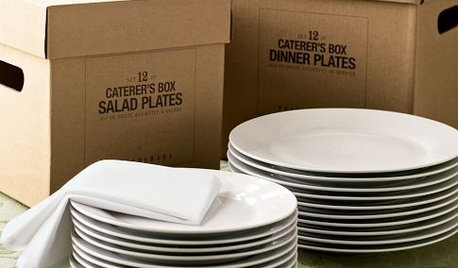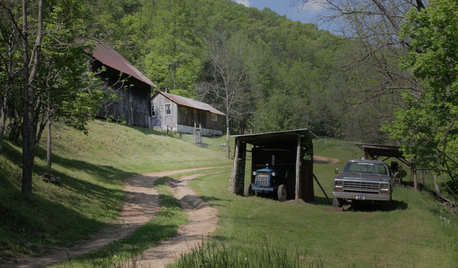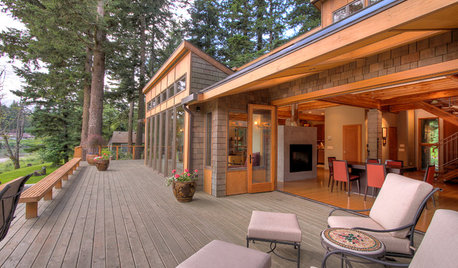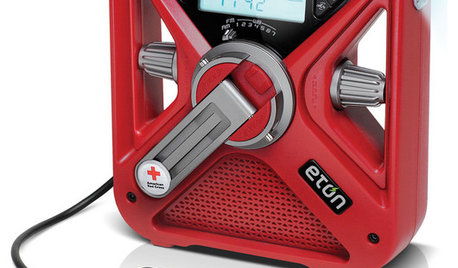Life After Frost
seysonn
10 years ago
Related Stories

DESIGNER SHOWCASESBefore and After: See How Rooms Came to Life at the Pasadena Show House
Read the design details behind transformations at the 2016 Southern California showcase house
Full Story
KITCHEN DESIGNPearls of Wisdom From a Real-Life Kitchen Remodel
What your best friend would tell you if you were embarking on a renovation and she'd been there, done that
Full Story
BEFORE AND AFTERSBefore and After: 19 Dramatic Bathroom Makeovers
See what's possible with these examples of bathroom remodels that wow
Full Story
PRODUCT PICKSGuest Picks: White Dinnerware for the Holidays and After
Table settings in white can take you through the entire entertaining season and beyond, whether your style is casual or formal
Full Story
TASTEMAKERSNew Series to Give a Glimpse of Life ‘Unplugged’
See what happens when city dwellers relocate to off-the-grid homes in a new show premiering July 29. Tell us: Could you pack up urban life?
Full Story
GARDENING AND LANDSCAPINGPatio Life: Step Right Outside
Here's how to make your move from indoors to patio or deck so smooth, you almost don't see the threshold
Full Story
CONTEMPORARY HOMESHouzz Tour: Later in Life, a Bold New Design Adventure
A Washington, D.C., couple in their 70s embark on a new marriage and an innovative renovation of a historic row house
Full Story
MOST POPULARWhat to Do After a Hurricane or Flood
How you treat your home after a natural disaster can make all the difference in its future livability — and your own personal safety
Full Story
MOST POPULAR9 Real Ways You Can Help After a House Fire
Suggestions from someone who lost her home to fire — and experienced the staggering generosity of community
Full Story
HOME TECH7 Ways to Charge Up and Connect After Disaster
Products and tips for communicating and keeping essential items running till the power's back on
Full Story






DixieGardner
laceyvail 6A, WV
Related Professionals
Surprise Landscape Architects & Landscape Designers · Fort Lee Landscape Architects & Landscape Designers · Owings Mills Landscape Architects & Landscape Designers · South Orange Landscape Architects & Landscape Designers · Aurora Landscape Contractors · Amesbury Landscape Contractors · Bedford Landscape Contractors · Lakewood Landscape Contractors · Lebanon Landscape Contractors · Mastic Beach Landscape Contractors · Old Saybrook Landscape Contractors · Panama City Beach Landscape Contractors · St. Louis Landscape Contractors · Watertown Landscape Contractors · Vadnais Heights Landscape Contractorsclaydirt
sunnibel7 Md 7
ltilton
glib
ericengelmann
seysonnOriginal Author
pnbrown
seysonnOriginal Author
pnbrown
seysonnOriginal Author
pnbrown
elisa_z5
nancyjane_gardener